Dysarthria
What is Dysarthria?
Dysarthia (sometimes called a motor speech disorder) can occur following a brain injury which affects the nerves and muscles that are used in speaking. Both children and adults can have dysarthria. Causes can include stroke, head injury, cerebral palsy, muscular dystrophy, ALS, and other medical conditions.
A child or adult with dysarthria may have difficulty speaking due to weakness, slowness, or incoordination of the muscles used for speech (the muscles of the mouth, face, and breathing).
Dysarthria can cause difficulty producing the correct speech sounds and/or difficulty using the correct rhythm, volume or rate of speaking. The type and severity of dysarthria will depend on which area of the nervous system (brain, spinal cord, nerves) is affected. Dysarthria can range from mild (slurring of speech or slightly slower rate of speaking which only slightly impacts communication) to severe (when speech cannot be understood at all).
People with dysarthria may also have difficulty with eating, drinking, and swallowing due to muscle weakness or incoordination.
What can professionals do to help?
Speech-language pathologists (SLPs) evaluate a person with speech and swallowing difficulties to determine the nature and severity of the problem. The SLP will assess the movement of the lips, tongue, throat, soft palate, and jaw, as well as breath support for speech, voice quality, and more. Therapy focuses on helping the person speak more clearly by working on lip, jaw, and tongue movements, muscle strengthening and coordination, breathing while speaking, and articulation of speech sounds. If necessary, SLPs will also help people with dysarthria to find other ways of communicating to help relieve the frustration of not being able to talk easily or successfully.
The SLP is an important member of healthcare teams and will consult with physicians, therapists, and other professionals as needed. SLPs also provide caregivers, family members, and teachers with strategies to support communication throughout the day for the person with dysarthria.
